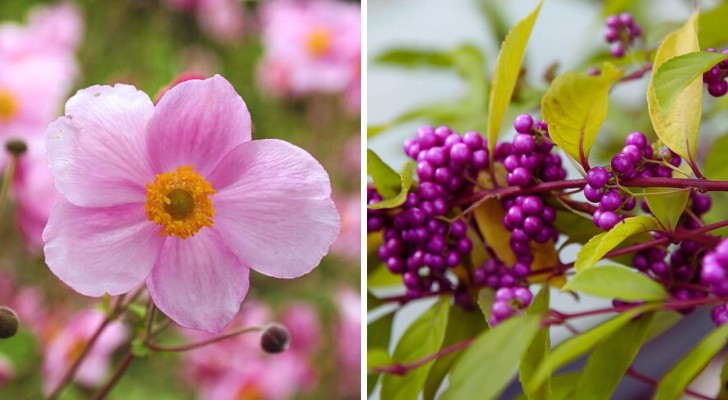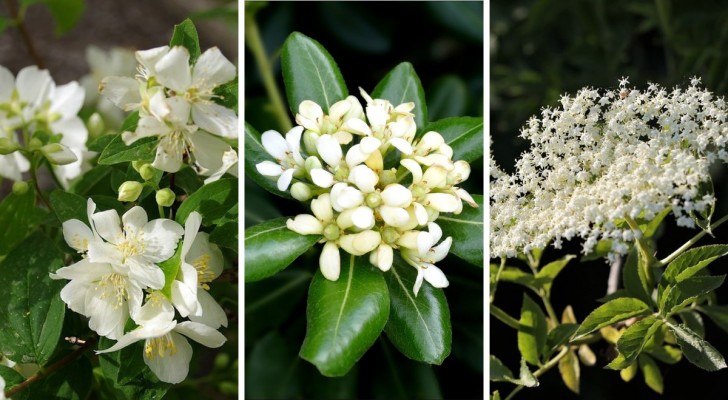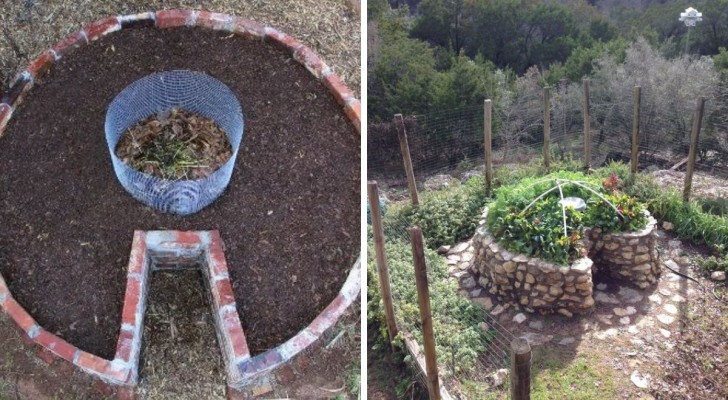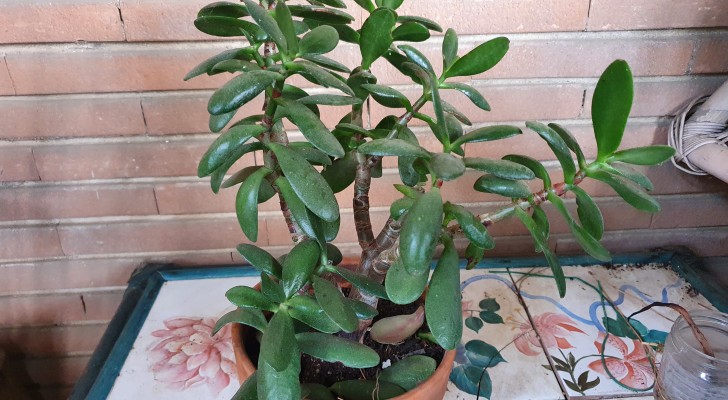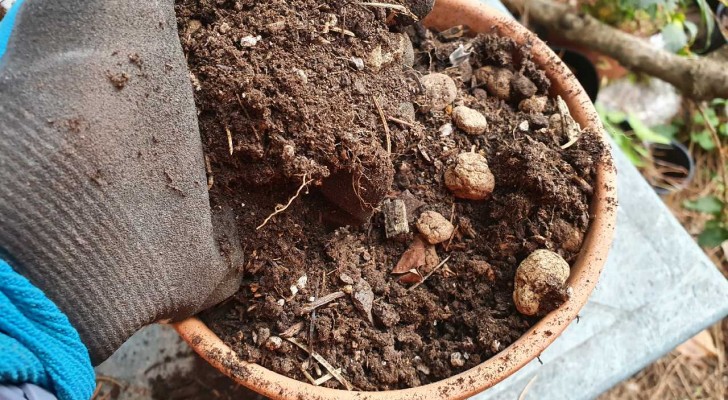7 tips to follow to bring dying plants back to life
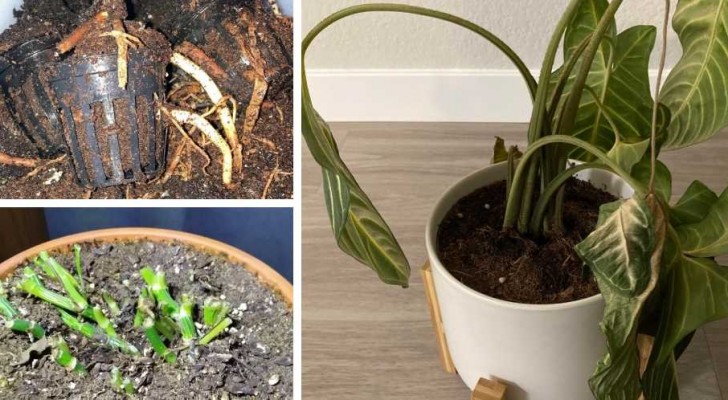
Sometimes, we may find a plant that deteriorates very quickly without us knowing exactly what the reason for this is. And this happens for frequently to those new to cultivating plants. The causes can be numerous, but it is also true that many of these problems with plants can be avoided.
So, if you notice that one of your plants is struggling and don't know why, try out some of the remedies listed below:
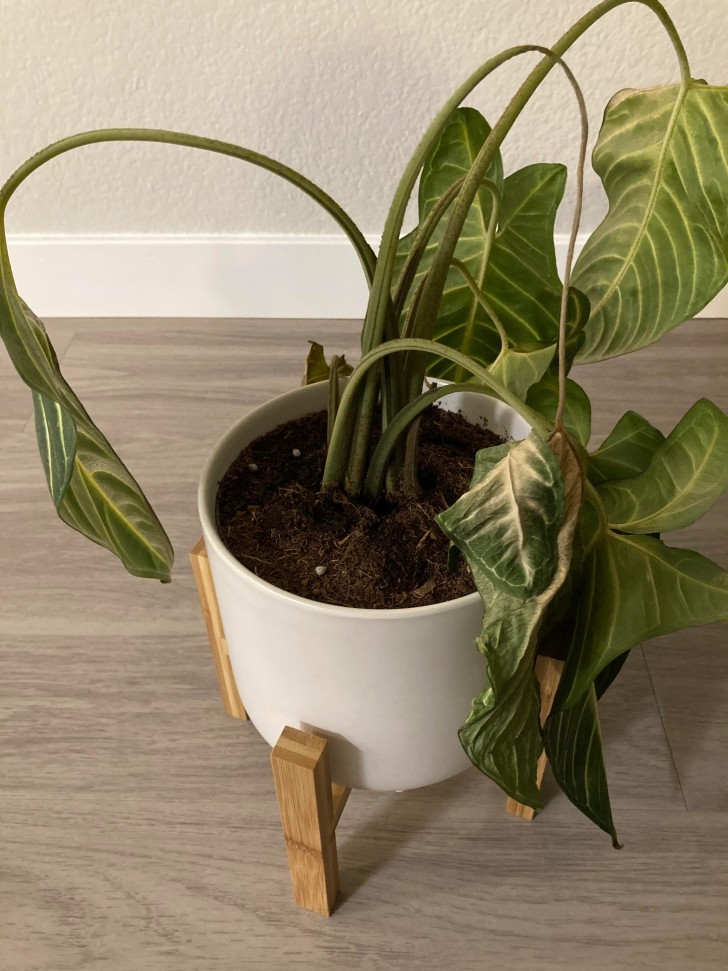
The first symptom that should trigger an alarm is the loss of vigor of the foliage: branches that droop, leaves that become increasingly soft and perhaps even change colour. If the soil is completely dry, the plant is probably dehydrated. Instead of watering the plant with a hose, take a basin, put the pot inside it, and fill the basin with at least four inches of water, leaving the plant there to recover slowly, absorbing water from below. You can possibly also wet the soil around the stem a little, but do not overdo it.
If, on the other hand, the soil is still damp, it is likely that you have over-watered it and root rot has developed. The best thing to do is to change all the soil, then extract the plant very delicately, clean the earth around the roots and check what state they are in: if they are dark and soft, they are rotten and there is almost certainly no way to save the plant. However, if there are still several roots still in good condition, then remove all the damaged ones (using scissors with sterilized blades) and then put the plant back into the new soil. Water very lightly (you only have to moisten the soil) and keep an eye on the plant over the next few days. Water again only when the soil is completely dry.
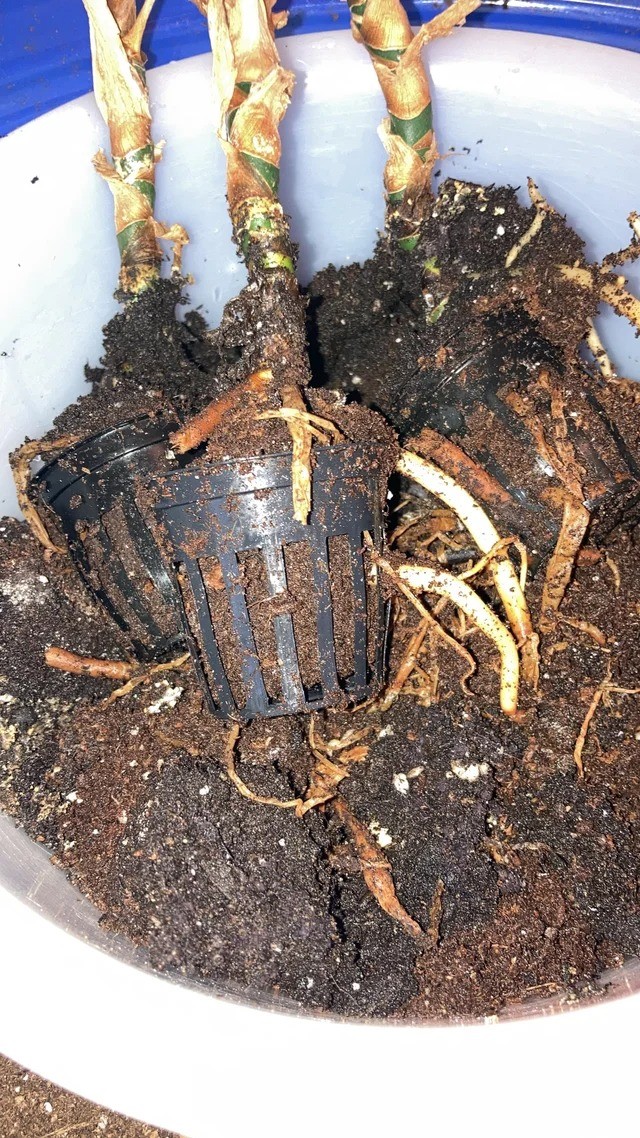
Sometimes, a plant's roots can become compressed and over-tangled. Always be sure to trim these before planting or potting them, otherwise the plant will fail to grow.
When you buy a potted plant, you often aren't told when it will be time to transfer it to a larger container. To determine this, always look at the bottom of the pot: roots emerging from the holes in the bottom is a sign that the plant needs to be transfered to a bigger pot. Get a pot one or two sizes larger than the current one, and transfer the plant to it.
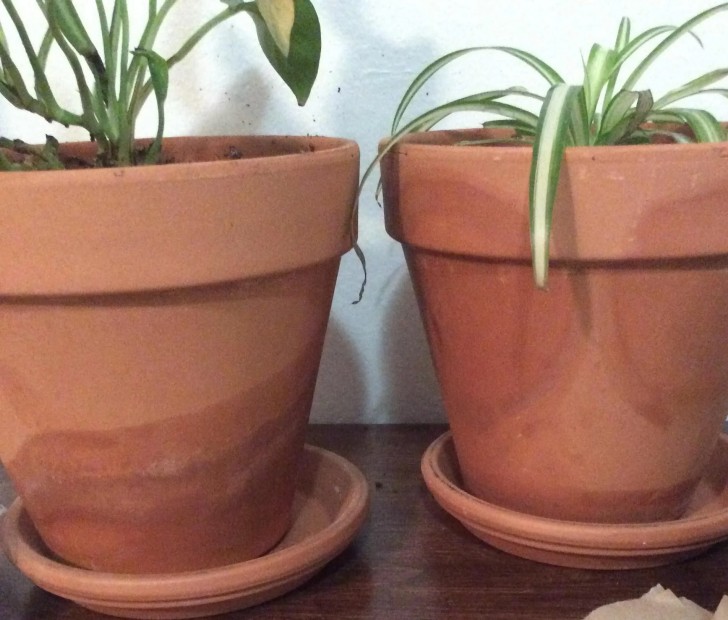
Even the choice of vase is decisive: it is true that pots made of metal or other materials are more decorative, but these do not help the soil to breathe and often retain water causing root rot. The best pots are made of terracotta or ceramic. And, all pots must have drainage holes in the bottom.
If you really insist on using decorative pots, then you need to know that every time you water them, you will have to take pay extra attention to ensuring that there is good water drainage.
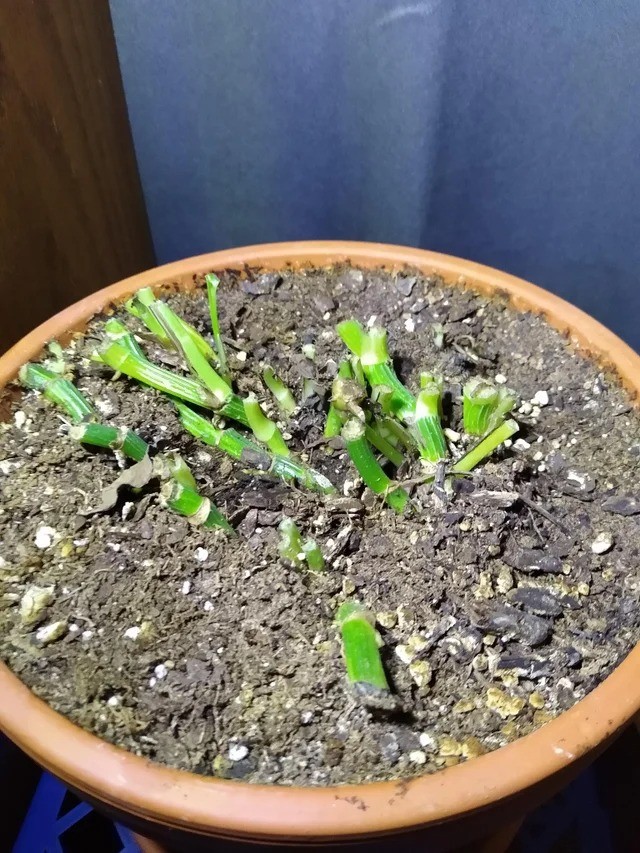
If some parts of the plant (branches, leaves) are unrecoverable, find out if you can prune it. Some plants should not be pruned; others can recover from a pruning quite easily. In any case, never prune too drastically: always stop cutting 5 or 6 centimeters from the base or stems.
When dealing with plants which are "bushy", you can consider pruning off a few twigs to lighten up the foliage a bit, or to untangle any branches.
In short, for each case, you can try different remedies: good luck!
